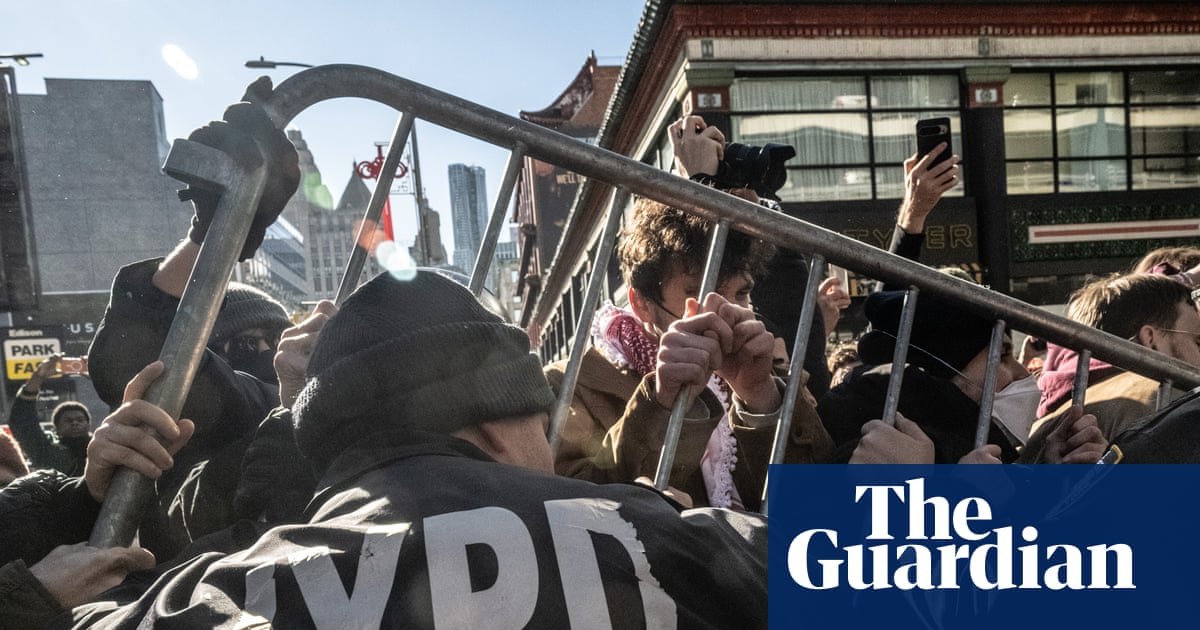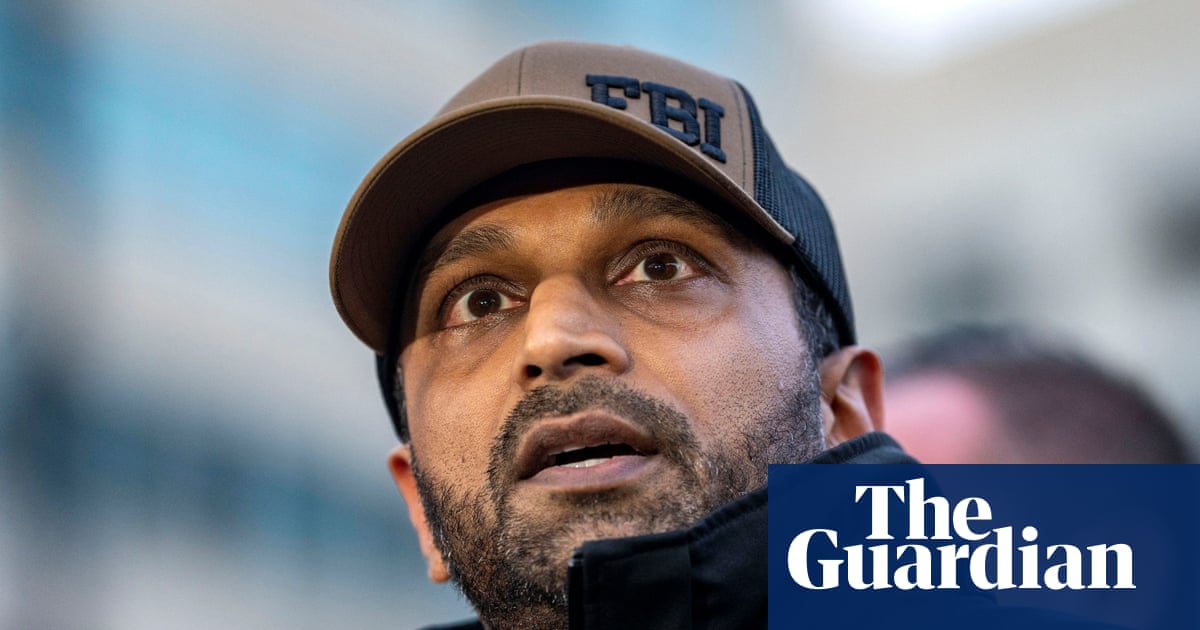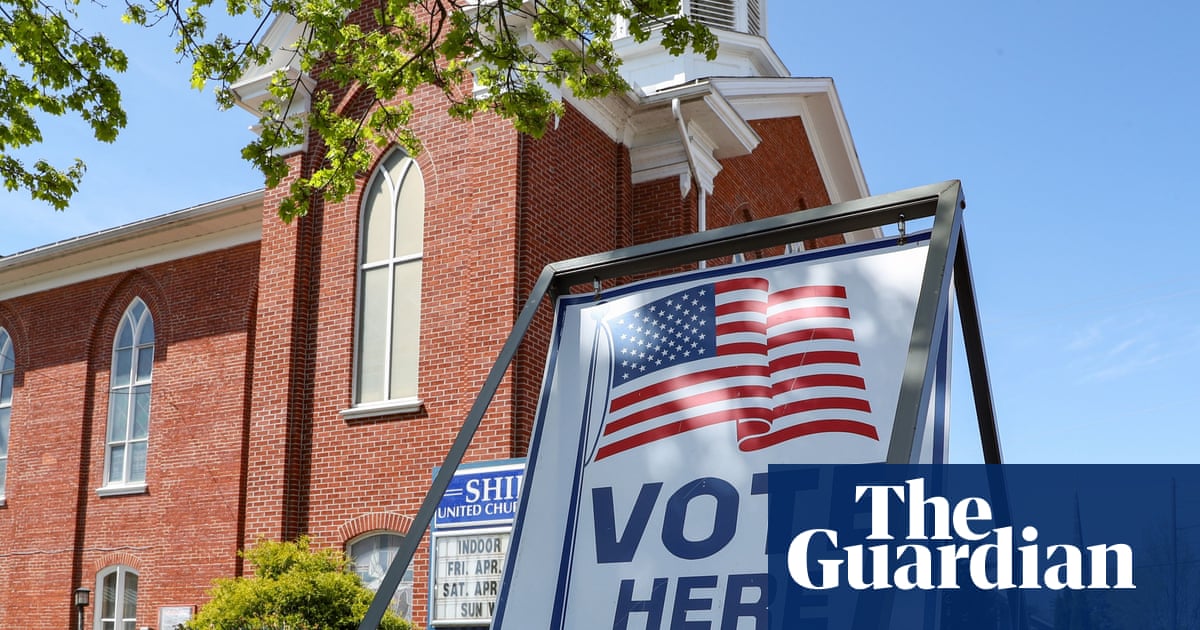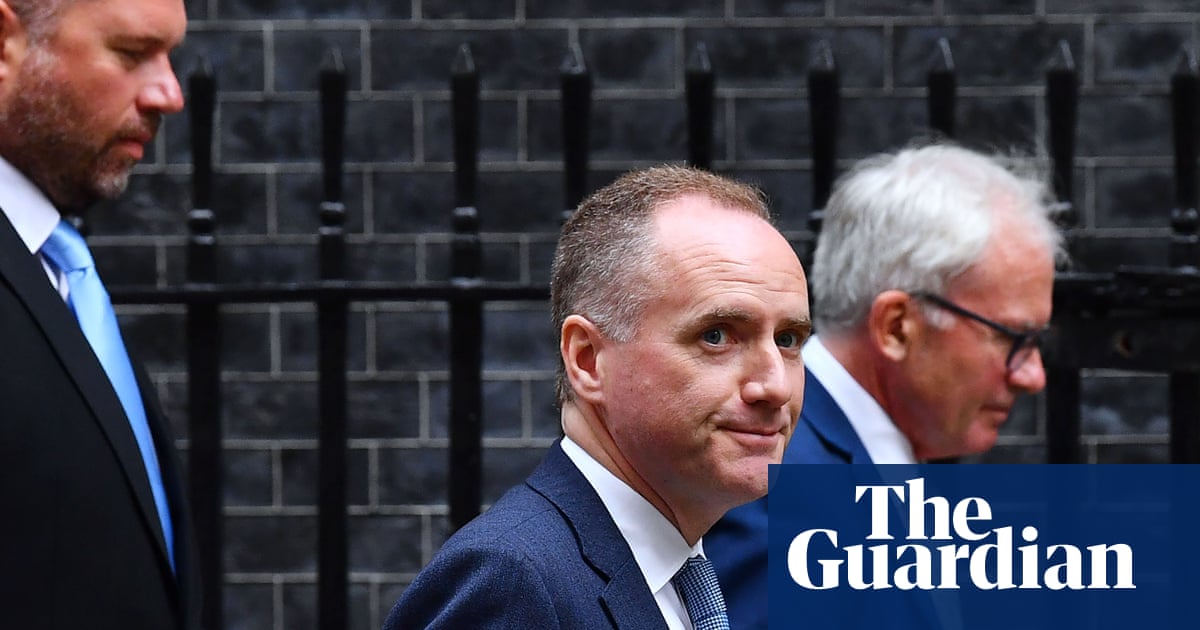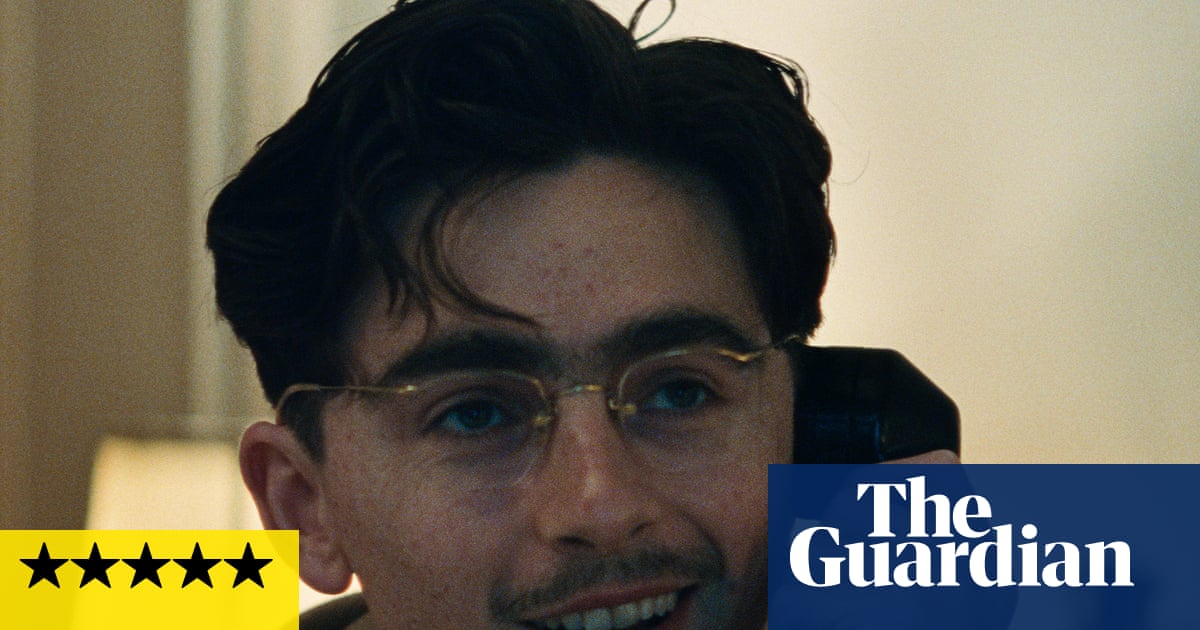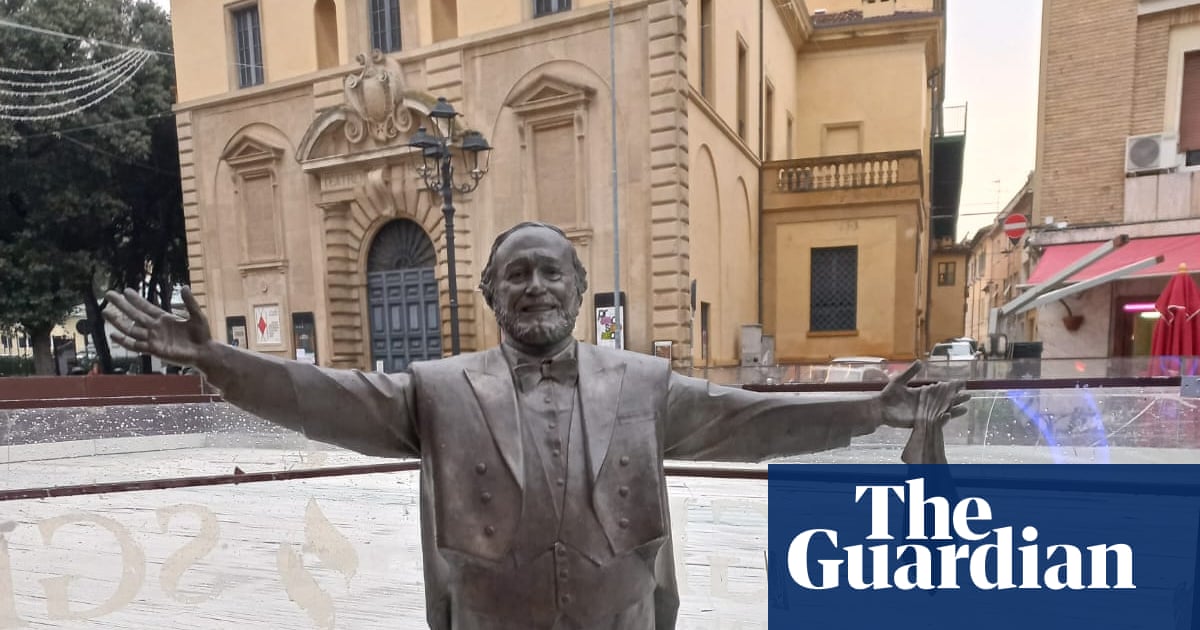Last week, Graham Platner, a progressive Democrat running for the US Senate in Maine, responded to a burst of online criticism by doing something few candidates for high office are ever required to do: he posted a topless photo of himself on the internet.
It was an unusual moment in a campaign that had so far gone his way. Platner had won praise from progressives and secured the backing of Bernie Sanders. But his campaign came unstuck when a video surfaced of him dancing in his underwear at his brother’s wedding – and revealing a skull-and-crossbones tattoo on his chest. The design, known as the Totenkopf, is widely recognised as a Nazi symbol.
Platner insists he had no idea of its associations when he got the tattoo, drunk, while stationed in Croatia during his 20s as a marine. After learning of its meaning, he says, he covered it with a new design – a Celtic cross and a dog – and released the topless photo to prove it.
It’s a strange campaign story, but not all that uncommon. Across the country, tattoo artists and laser removal technicians regularly see clients who are trying to erase far-right symbols from their bodies.
There a number of national non-profits that help people remove their hate-based tattoos. The California-based Jails to Jobs, for example, helps formerly incarcerated people rebuild their lives. The group maintains a directory of more than 300 free or low-cost tattoo removal programs across 45 states and several countries and publishes a how-to manual for communities hoping to start their own.
Not everyone who seeks their services has tattoos linked to white supremacy. Some are survivors of trafficking, domestic violence or gang coercion. But many prison tattoos still bear the marks of racist ideology: swastikas, lightning bolts or coded runes that declare allegiance to neo-Nazi groups.
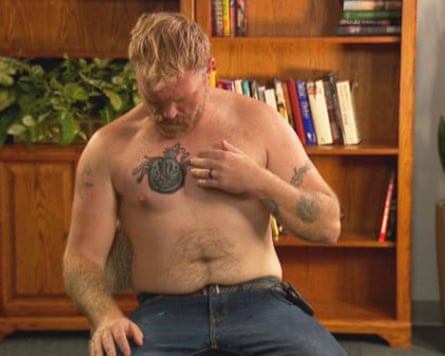
The Anti-Defamation League has catalogued hate symbols since 2000 through its Hate on Display database, which is now more than 50 pages long.
Kate Widener, an advanced esthetician and owner of Undo Tattoo and Laser in Grisham, Oregon, averages about 70 tattoo removals a week. Of these, she wagers “25%” are part of her free removal program. “Everyone deserves a second chance,” she said. “I’ve seen it all, including some pretty bad ones. But they just pop in, pop out, and soon it’s gone.”
Some of Widener’s clients say they are coming in only out of discretion – they are still racist, but don’t want their co-workers to know. “I have one guy who comes in only for the tattoos on his face, and he’s keeping the rest from his neck down,” she says. “Thirty-plus [swastikas] on his neck all the way down. So there are a lot of people hiding who they really are.”
“There’s a big concern of: [are they] changing or hiding?” said Dustin Ortel, who oversees the free Ink-nitiative program at Removery, another national tattoo-removing chain. Since 2020, people every year submit applications – bolstered by letters of recommendations from parole officers or counselors – and about 300 are chosen for the procedure.
Ortel says he is a good judge of character and helps people who are genuinely changing. “I have a great gut feeling, and going through our paperwork and seeing the advocate letters, you really get to see where the person is coming from compared to the markings on their skin.”
Before each session, Ortel listens to a person’s story, what led them to get the tattoo and how they changed their mind. These conversations are always emotional: “I cry with people.”
Widener, in Oregon, does not require people to apply for her free removal. “It’s invasive, and I don’t like that,” she says. “I’m confidential and judgement-free. As long as you say, ‘Please help me,’ I’ll talk.” That makes her pretty popular, with people driving hours to see her, coming form as far away as Idaho or Seattle.
Removing or covering up someone’s tattoos is always an intimate process. It requires close contact. “A lot of people talk about themselves,” Widener said. “I’ll get a vibe if they’re doing this for the right reasons, or maybe not the right reasons, and that makes me more leery of them.”
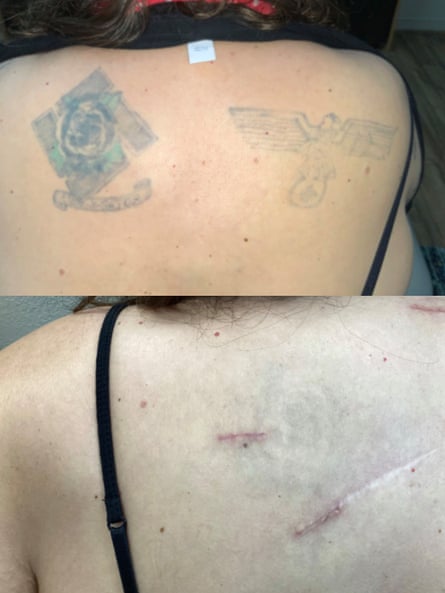
Still, most people are “pretty nice” and many are grateful. And, ultimately, Widener is in control during the experience: “They know that I control a laser that can cause a lot of harm to them.”
What makes people change their beliefs? “Sometimes, it’s because they fall in love,” Widener said. “I have clients who were white supremacists and then they fall for a person of color.” One of her clients was brought up in a racist family and never questioned their beliefs – until he began an interracial relationship.
“She kind of opened his eyes to other things,” Widener said. “He’s my favorite. He comes every six weeks like clockwork to get his tattoo removed, and he cries at every point to tell me how it changed his life. He has a child now, and he would like to put something over that to honor his mixed son.”
After the white nationalist rallies in Charlottesville in 2017, interest in hate tattoo-removing services rose, with some people who had previously been affiliated with far-right groups wanting to distance themselves as the groups became emboldened. Three years later, after the murder of George Floyd and international protests against police violence, NPR pointed to an increased interest in tattoo removal. For some, the ebb-and-flow popularity of these services shows a pattern: when hate crimes hit the headlines, more people who have left a racist past behind urgently feel the need to rid themselves of such reminders.
But lately, Widener says interest in her free program among people with hate tattoos has cooled. She blames the Trump administration. Before Donald Trump was in office, Widener had “a lot more people” coming in to erase a white supremacist past. “Then once [Trump was re-elected], I had someone who called me and told me they no longer need to remove it.” (Still, Undo Tattoo’s free removal program is fully booked until December.)
Three other people involved in free tattoo removal or cover-up programs said they have not noticed a decline in clients due to Trump’s administration. Lorenzo Diaz, an artist at Ruby Tattoo in Marine City, Michigan, has covered up hateful ink for the past 17 years. “I have at least three, maybe four a week. They’re usually pretty big, dark pieces.”
So far, Widener does not turn away clients – but she could change her mind in the future. “I thought about certain situations, because at some point, ICE officers are going to start throwing little symbols around,” she said. “I’ve personally seen in my own neighborhood how they hurt people. I’m still judgement-free, letting everyone come in, but I don’t know what the future holds.”

 1 month ago
21
1 month ago
21

